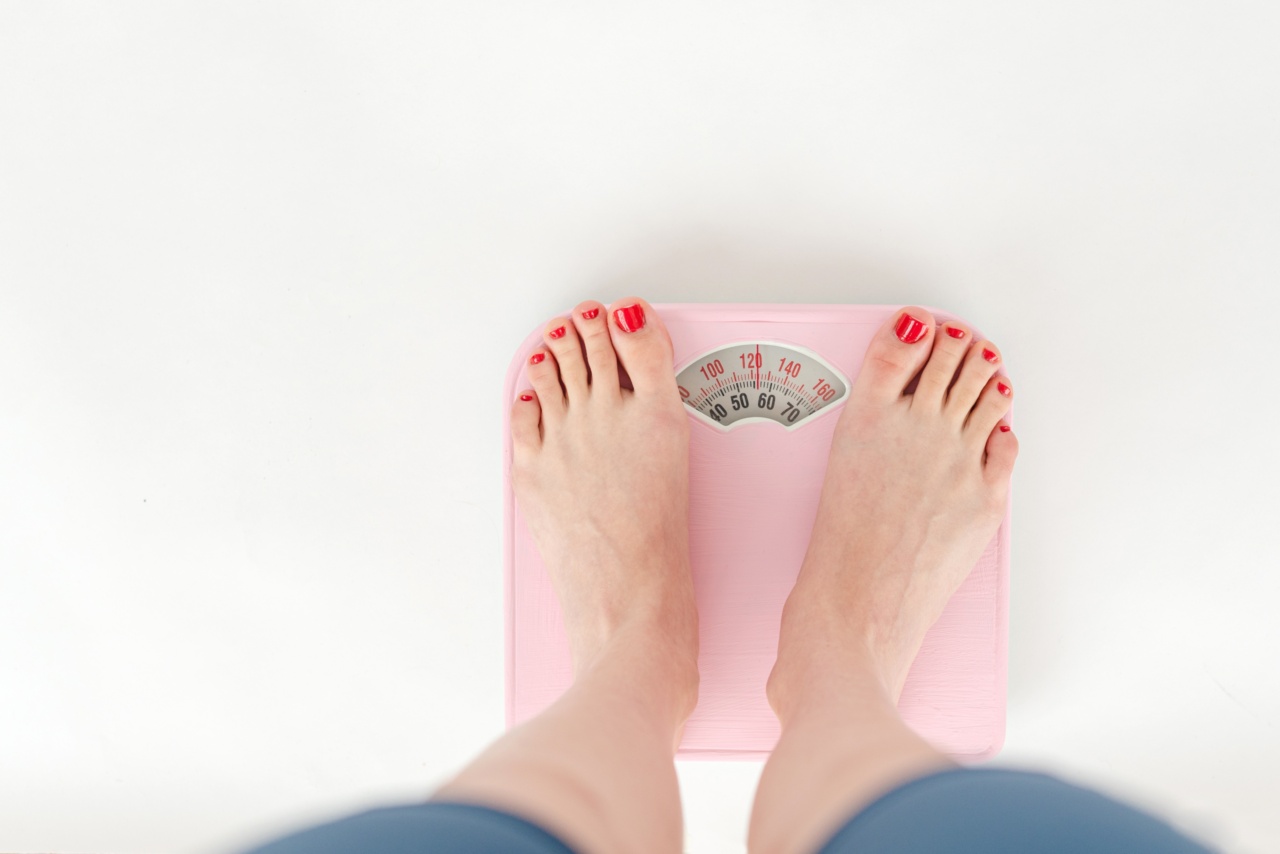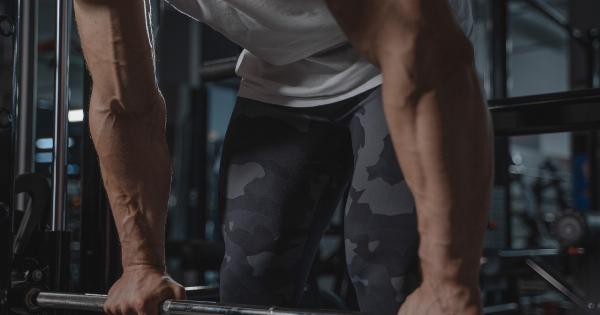Do you enjoy wearing shorts, skirts, and dresses during the summer but feel self-conscious about the appearance of your legs? If so, you may be dealing with leg veins, a common issue that affects people of all ages and genders.
Keep reading to learn more about this common problem and how to treat it effectively.
What are Leg Veins?
Leg veins are veins that run through the legs. They are responsible for returning deoxygenated blood from the feet and legs back to the heart and lungs for replenishment with oxygen.
Leg veins can sometimes become enlarged, swollen, or twisted, resulting in a condition known as varicose veins. Spider veins are another type of leg vein that is identified by its spider web-like appearance.
What Causes Leg Veins?
There are various reasons why people may develop leg veins. Here are some of the most common causes:.
: Age
As we age, the walls of our veins weaken, causing them to stretch and become less elastic. This can lead to the formation of varicose veins.
: Family History
If your family members have a history of varicose veins, you are more likely to develop them yourself.
: Pregnancy
During pregnancy, the volume of blood in your body increases to support the growth of the fetus. This can result in the enlargement of your veins and the development of varicose veins.
: Obesity
Being overweight or obese can put excessive pressure on your veins, leading to damage and the formation of varicose veins.
: Mobility Issues
Those who sit or stand for long periods without much movement are more likely to develop leg veins due to a lack of blood flow to the legs.
Treatment Options for Leg Veins
If you are experiencing leg veins, there are several treatment options available to help address the issue. Here are some of the most effective treatments:.
: Sclerotherapy
This treatment involves injecting a solution into the affected veins, causing them to shrink and eventually fade away.
: Laser Therapy
During laser therapy, a beam of light is directed at the affected veins, causing them to seal shut and gradually disappear.
: Vein Stripping
In this procedure, the affected veins are surgically removed to promote healthy blood flow in the legs.
: Compression Stockings
Compression stockings work by promoting healthy blood flow in the legs, keeping the veins from becoming swollen or twisted.
: Lifestyle Changes
Changing your daily habits, such as exercising regularly, maintaining a healthy weight, and avoiding prolonged periods of sitting or standing, can help prevent leg veins from forming.
Preventing Leg Veins
There are numerous lifestyle changes you can make to help prevent the development of leg veins. Here are some easy tips:.
: Exercise Regularly
Exercising can promote healthy blood flow in the legs and help keep your veins healthy.
: Maintain a Healthy Weight
Being overweight or obese can put extra pressure on your veins, leading to damage and the development of varicose veins.
: Stretch Your Legs
If you sit or stand for long periods of time, try to stretch and move your legs regularly to promote healthy blood flow.
: Avoid Tight Clothing
Tight clothing, like belts or high heels, can restrict blood flow to your legs and promote the development of leg veins.
Final Thoughts
Leg veins are a common problem that can be both unsightly and uncomfortable.
Fortunately, there are many treatment options available to help you address the issue, including sclerotherapy, laser therapy, vein stripping, compression stockings, and lifestyle changes. If you think you may be experiencing leg veins, consult with your doctor to determine the best treatment option for you.




























